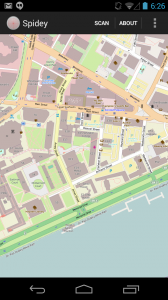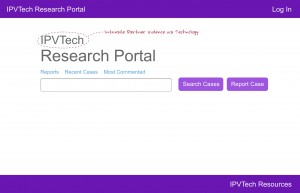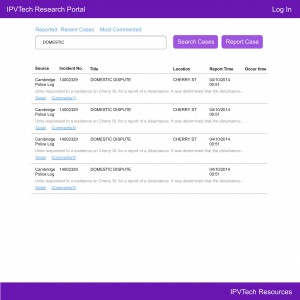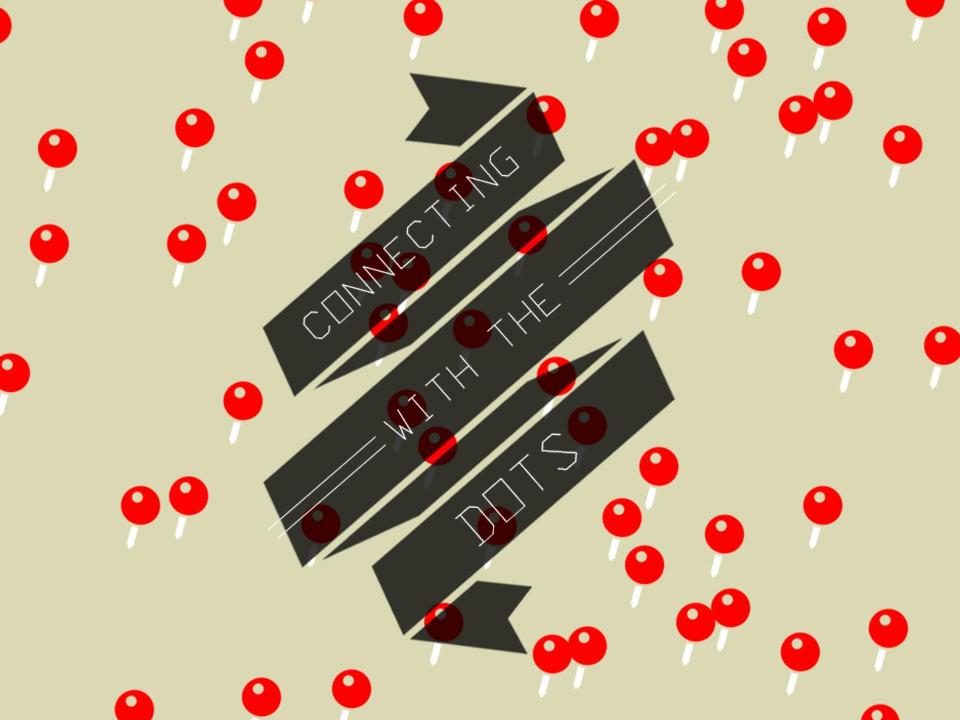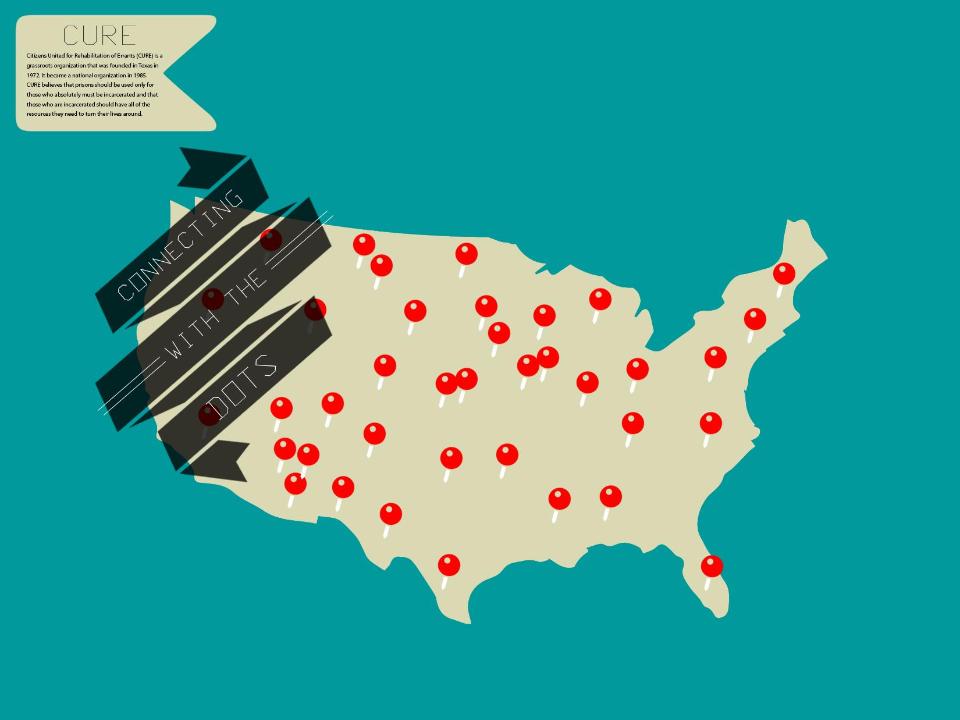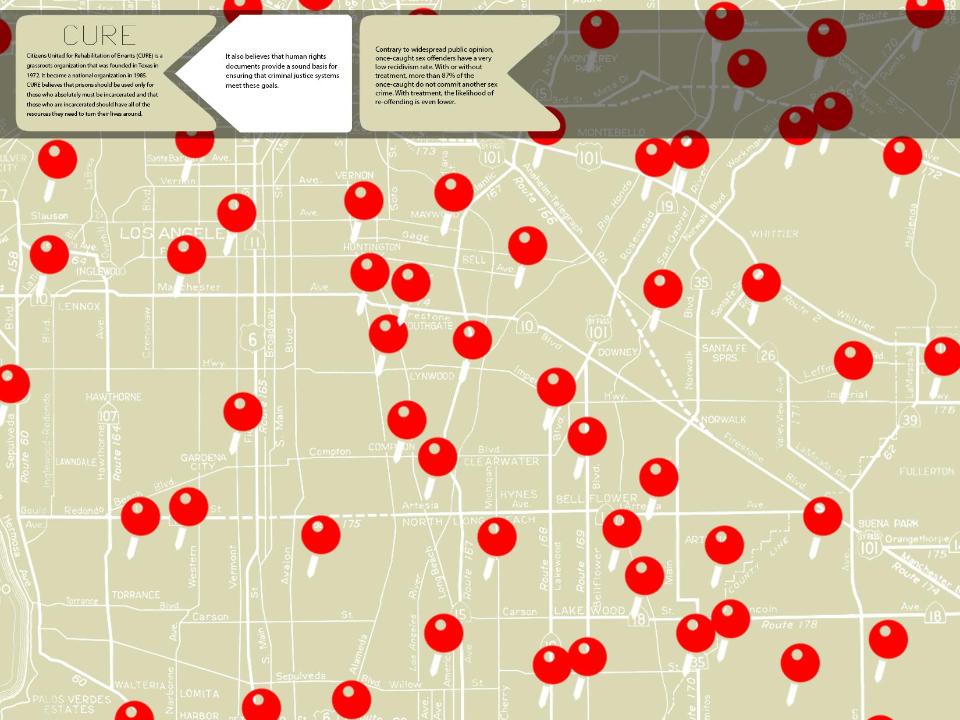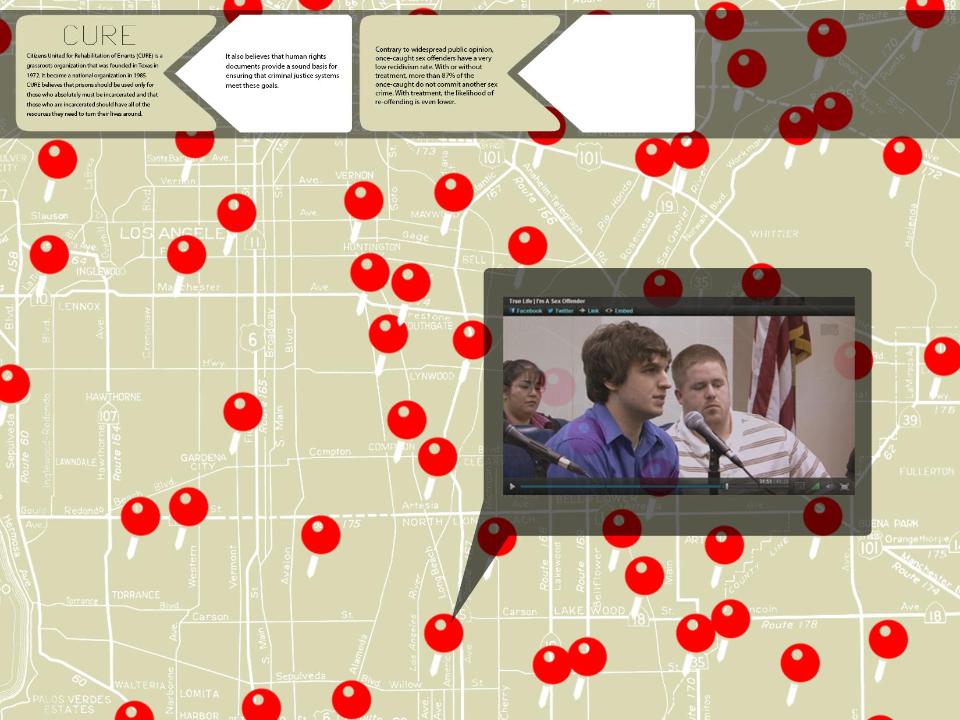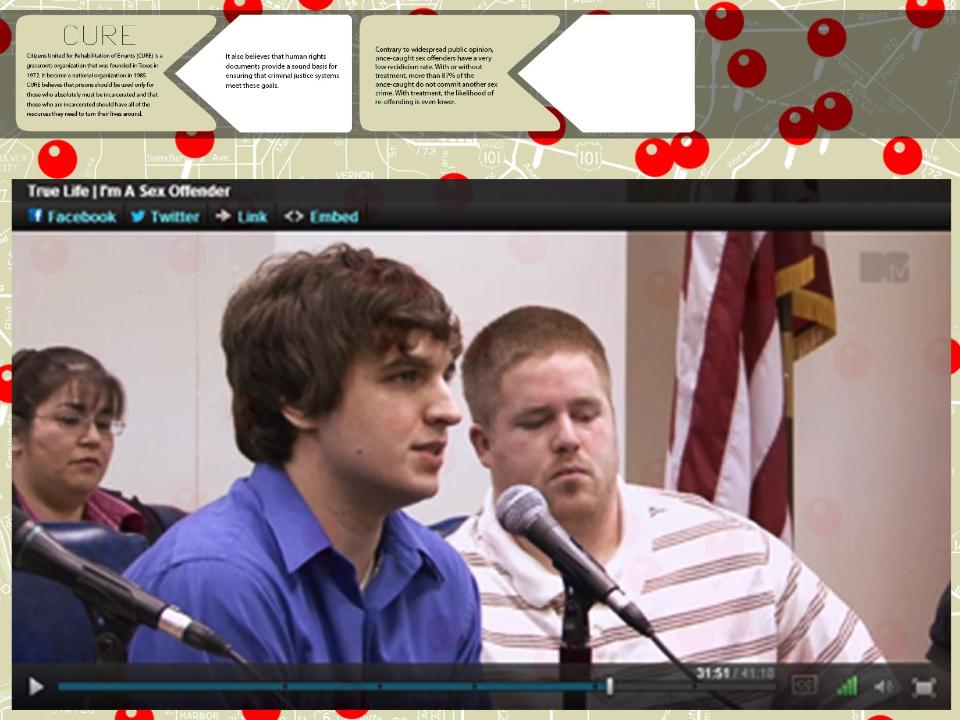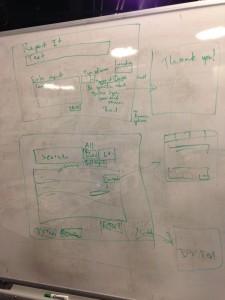Last week we had a mini hackathon to get work done on our project — you can check out our code on Github at https://github.com/jtwarren/spidey. As the last post mentioned, the hackathon was really successful and we got a lot of work done, all being in the same place at the same time. Since then, we have been working to make the application more feature complete. We have also connected with Alvaro from Neo and will be working with him to flesh out the UI/UX components of the application. I am meeting with Alvaro today and will update based on what we discuss. Finally, I will be working on the case study today and tonight.
Update on help from Neo: Alvaro is working on UI wireframes and once we finalize these he will begin higher fidelity mockups and views.


